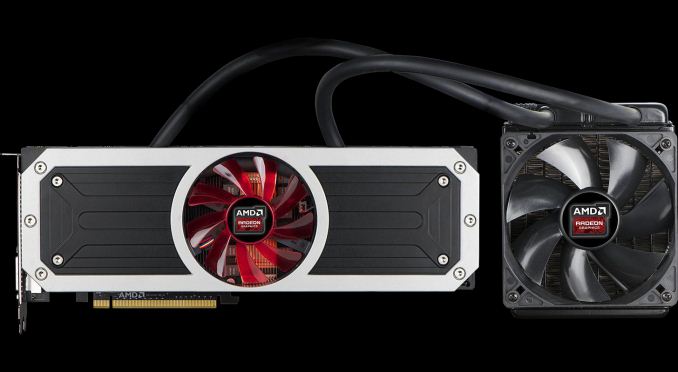Hello,
This is really not Logical ,
we all know that we need at least 240 Radiator to overclock a CPU with OC TDP around 140 watts.
How on earth is it possible for a 120 Radiator to keep DUAL GPU Cards @500 watts TDP cool ?
and cards like GTX 1080 ti , Titans @250 Watts as well ? and they overclock too !!!
example :
1- Radeon R9 295X2 : TDP 500watts , Radiator : 120 ONLY !!! TWO GPUS !!!

2- GTX 1080 Ti Hydro , GTX 980 ti hydro , Titan hydro , etc : TDP : 250Watt , Radiator : 120 !!!

now compare this to AIO water cooling I7 K , at 140 watts OC we will need at least 2x120 Radiator...
how is this Logical at all ?
This is really not Logical ,
we all know that we need at least 240 Radiator to overclock a CPU with OC TDP around 140 watts.
How on earth is it possible for a 120 Radiator to keep DUAL GPU Cards @500 watts TDP cool ?
and cards like GTX 1080 ti , Titans @250 Watts as well ? and they overclock too !!!
example :
1- Radeon R9 295X2 : TDP 500watts , Radiator : 120 ONLY !!! TWO GPUS !!!

2- GTX 1080 Ti Hydro , GTX 980 ti hydro , Titan hydro , etc : TDP : 250Watt , Radiator : 120 !!!

now compare this to AIO water cooling I7 K , at 140 watts OC we will need at least 2x120 Radiator...
how is this Logical at all ?


 you basically wrote a reply that has same points as mine - cant call you funny without making myself a clown
you basically wrote a reply that has same points as mine - cant call you funny without making myself a clown 